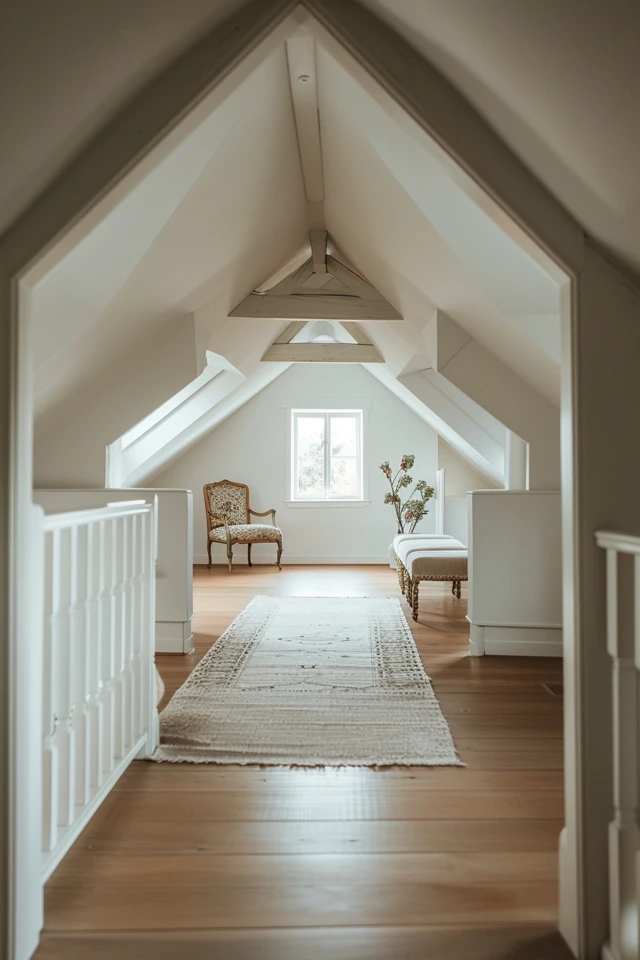Hello, I’m here to share some valuable information on how to test for mold in the attic and prevent its growth. Attic mold can be a serious concern, not only for the health of your home but also for your family’s well-being. By understanding the signs of mold, the detection methods available, and implementing preventive measures, you can ensure a healthy and mold-free attic.
Key Takeaways:
- Regular attic mold testing is recommended every two years to maintain a healthy home environment.
- Signs of mold in the attic include discoloration, musty odors, and water staining.
- Attic mold can be caused by fixtures that are improperly insulated, roof leaks, and inadequate ventilation.
- Prevention is the best defense against attic mold, with proper insulation, venting, and regular maintenance.
- If mold is detected in the attic, it is important to get it tested to determine the type and severity of the mold.
How To Detect Mold in the Attic
In order to effectively prevent and address mold issues in your attic, it is crucial to detect its presence early on. There are several reliable methods for detecting mold in the attic, each with its own advantages and considerations.
Visual Inspection
One of the simplest ways to detect mold in the attic is through a visual inspection. Look for visible signs of mold growth, such as black or white spots on the walls, ceilings, or other surfaces. Pay close attention to areas that may be prone to moisture buildup, such as near leaky pipes or vents. An early visual detection can help identify potential problem areas and prompt further investigation and testing.

Air Sampling
Air sampling is another effective method for detecting mold in the attic. This method involves using a mold test kit that collects air samples and analyzes them for the presence of mold spores. The test kit typically includes a collection device that captures airborne particles onto a petri dish or a filter. The collected samples are then sent to a laboratory for analysis. Air sampling can provide valuable insights into the level and types of mold spores present in the attic.
Surface Sampling
Surface sampling involves swabbing or tape-lifting areas suspected of mold growth in the attic. This method is particularly useful when visual inspection alone may not be sufficient to confirm the presence of mold or identify specific mold species. The collected samples are sent to a lab where they are analyzed to determine the type and severity of mold present. Surface sampling can help pinpoint the exact location and extent of mold growth in the attic, facilitating targeted remediation efforts.
Dust Sampling
Another approach to detecting mold in the attic is through dust sampling. This method involves collecting settled dust from various surfaces in the attic and analyzing it for the presence of mold spores. Dust sampling can provide valuable information about long-term mold exposure and the distribution of mold spores within the attic. It is a non-invasive method that can inform targeted remediation strategies.
Early detection of mold in the attic is crucial to prevent further damage to your home and mitigate potential health risks. While DIY mold testing kits are available for homeowners, it is important to note that professional mold inspection may be necessary for accurate results and proper remediation. A certified professional can provide a comprehensive assessment and guide you towards the most effective course of action.
By utilizing these attic mold testing methods, such as visual inspection, air sampling, surface sampling, and dust sampling, homeowners can effectively detect and address mold issues in their attics. Early detection is key to preventing mold growth from causing further damage and health concerns. While DIY testing kits can provide initial insights, it is advisable to consult a professional for accurate results and appropriate remediation steps.

Preventing Mold in the Attic
To ensure a mold-free attic, it is crucial to implement preventive measures that focus on insulation and venting. By following these tips, you can protect your home from attic mold:
1. Insulate the attic walls and floors to create a barrier that prevents warm, moist air from mixing with cooler attic air. This helps to regulate the temperature and humidity levels in the attic, reducing the risk of mold growth.
2. Check for proper insulation around heating ducts, skylights, and attic access panels. Insulation gaps can allow moisture to seep into the attic, creating an ideal environment for mold to thrive. Ensure these areas are well-insulated to minimize the chances of mold growth.
3. Direct all household vents, including bathroom, kitchen, and dryer vents, to the outside. This prevents excess moisture from being released into the attic. Improperly routed vents can contribute to high humidity levels, promoting mold growth.
4. Keep attic ventilation panels clear of debris and ensure they are consistent to allow for proper airflow. Adequate ventilation is essential in preventing moisture buildup, which can lead to mold growth. Regularly check and clean these panels to maintain good airflow.
5. Regularly inspect for leaks in plumbing lines, windows, and roofs. Any sources of moisture infiltration need to be promptly fixed to prevent water from entering the attic. Addressing these issues can greatly reduce the risk of mold growth.
By implementing these attic mold prevention tips, you can maintain a dry and well-ventilated attic, safeguarding your home from mold growth. Remember, proactive prevention is key to preserving the integrity of your home and ensuring a healthy living environment.


